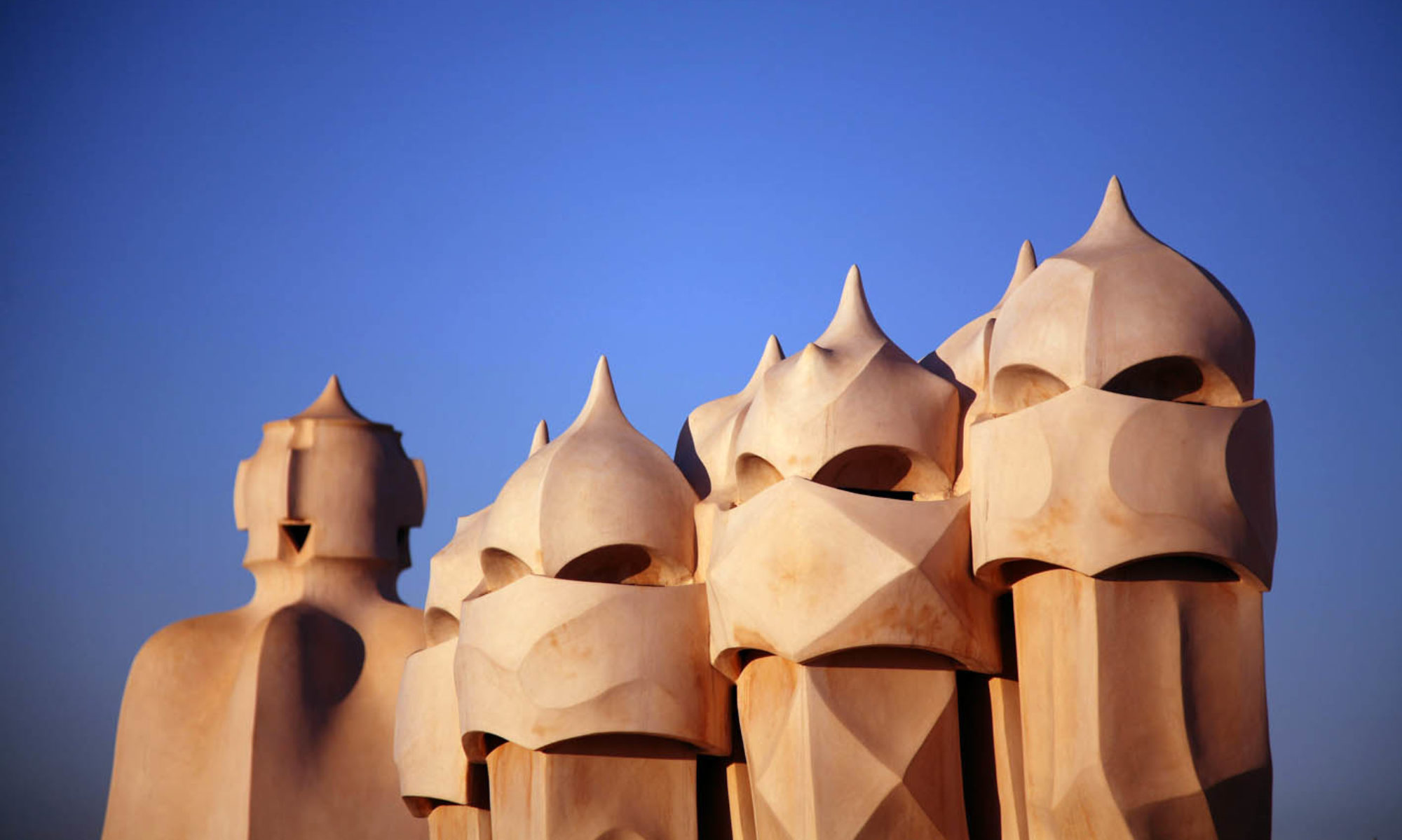
Bar Cañete oozes traditional atmosphere, but the wait staff all seem fluent in English, which possibly gives you some indication of the clientele.
Don’t let that put you off: this is no tourist trap. Cañete was recommended to me by locals, and it delivers the sort of food locals want.
Last time I visited I was in a seafoody mood, so I opted for lobster croquettes; a green bean, pine nut and parmesan salad; Cañete fried fish assortment (it advertises moray eel and beach prawns, but also included little red mullet, shark, and quite a lot of calamari); and Galician baby scallops with bellota ham.

The croquettes were freshly cooked and nice enough, though the lobster flavor was fairly subtle. Good, but not great. The French bean salad was a nice injection of green (you really need to watch your green intake in these tapas bars – scurvy beckons otherwise). Can’t say I really noticed much parmesan, though the pine nuts were good, and there was some shaved scallion for a little extra kick.
The fried fish was a nice dish with a range of different flavours and textures (though to be honest I couldn’t taste the difference between the Moray eel and the shark, which both had an extra little boost from some paprika in the batter). Still, it’s another I’d repeat.
And finally the most expensive (at €17.80) dish of baby scallops. Served in the shell with a ratatouille, jamon and gratinated cheese on top, the poor little scallops were a bit lost under it all. Nice, but not great.

And because by this stage I’d seen the suckling Iberian pig being plated in front of me, I couldn’t resist – and it was as good as I expected. A strip of lovely tender pork on a bed of mash with a thin (if not crispy) skin on top and a dash of gravy. Very nice indeed.
Between the two of us, I’d say that was one too many dishes. But other than the scallops I’d order it all again – though there are other tempting options on the menu.
For a long time I’ve been a bit dismissive of Bar Cañete – not that I didn’t recommend it, just that I always found myself finding more tempting options. But after this visit it’s back on my regular list. And it’s a particularly good choice to give visitors a taste of authenticity, without the Disneyland feel.
Carrer de la Unió, 17
Web
Click here for more of the best dining in Barcelona

